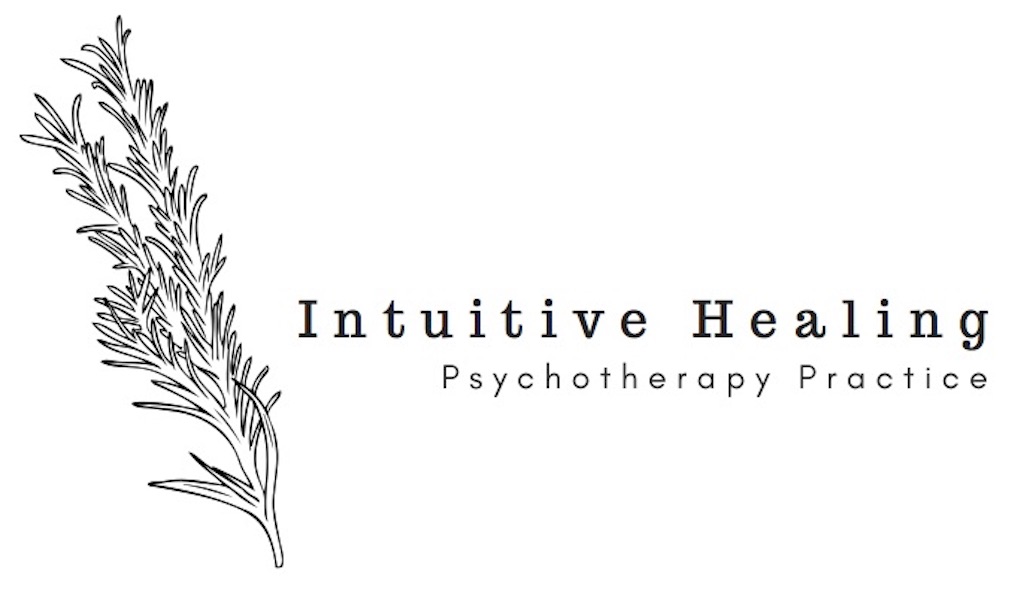Pride Isn’t Over: 3 Ways to Become a More Intentional Ally
Sam Silor, MHC
Welcome, I’m grateful that you’re here! The desire for and awareness of growth are the first steps. While knowing what to do next is not always easy, it’s important that you start somewhere. Here’s just a small slice of the many ways you can start to take your allyship from well-meaning thought to well-thought-action:
1.) Educate!
Keep up with the laws/politics/policies targeting LGBTQ+ communities and understand how this may be impacting a queer person’s sense of safety and freedom. Right now, there’s an influx of anti-trans legislation, particularly ones impacting trans kids. Those like HB1 in Alabama could make it a felony to provide gender-affirming care for trans youth and SB 354 in Arkansas that bans trans students from playing sports. Laws like these are not only stripping entire communities of their fundamental rights, they’re putting lives at risk. You may be thinking, “But that’s only in the South” or “It only affects trans people,” but policies discriminating against and targeting the LBGTQ+ community is more pervasive than you might think. A lack of up-to-date education could mean your queer loved one pays the price. Maybe you’re finally planning that post-pandemic international getaway and invite your queer friends without knowing you picked one of the 71 jurisdictions across the globe that still criminalize being LGBTQ—at least 6 of which impose the death penalty. Or maybe you swing by the office of your queer friend’s new job to gift them a photograph of their partner without realizing you’ve just outed your friend who works in one of the many states that don’t have protections against discrimination based on sexuality or gender in the workplace. It’s important to stay mindful that your LGBTQ+ friends don’t exist with the same freedoms to move about within the world, and this is only exacerbated for black and brown queer lives.
2.) Advocate!
Are there ways you can get involved more actively in showing support for the LGBTQ+ community? Feel free to keep it small and think local! Maybe there are organizations in your area that help house displaced LGBTQ+ youth where you could donate or give collected supplies. Or if you don’t have the means at the moment to donate, start or help with an existing fundraiser. Advocacy doesn’t always have to be about throwing your coin around, it can look like being mindful of where you already shop and shifting to black-owned LGBTQ+ small businesses when possible. Or volunteering your time one weekend with your local LGBTQ+ elders. It could also be as small as adding your name to a petition or trying to amplify more black, trans voices on your social media account. This can also look like physical advocacy by participating in various marches and demonstrations. I recommend the annual Queer Liberation March held right here in NYC that specifically centers the experiences of our BIPOC communities. The idea is not how big you go or how much you spend, it’s that you show up!
3.) Obliterate!
…the rainbow capitalism. While well-intentioned, I can almost guarantee your friend does not need (or want!) that rainbow spatula you “saw and thought of you immediately!” Gestures slathered in rainbows can often feel empty and impersonal and reduces the community to a monolithic group all liking the same aesthetic. Similarly, it implies that being visibly queer is or should be the most dominant aspect of our identity which may not be the case at all. For many, being queer is as unremarkable as being left-handed! You can also inadvertently end up supporting companies and organizations that fund anti-LGBTQ+ policies and practices. Think getting a Chick-fil-A sandwich with a cute little rainbow sticker on the box (while Chick-Fil-A has a long-running history with blatant homophobia). Be on the lookout for queer baiting and rainbow capitalism especially during Pride month in June!
But most of all, understand that the experiences of the LGBTQ+ community are dynamic and diverse and your allyship shouldn’t stop at rainbows and marriage equality. It’s vital to not only lift up LGBTQ+ people but embrace the totality of their unique experience and existence. By educating yourself and staying up to date about laws, shifting your advocacy to a daily and more community-based practice, and becoming more aware of how and where you distribute your funding and support, you can demonstrate a greater sense of intentionality in your allyship.
